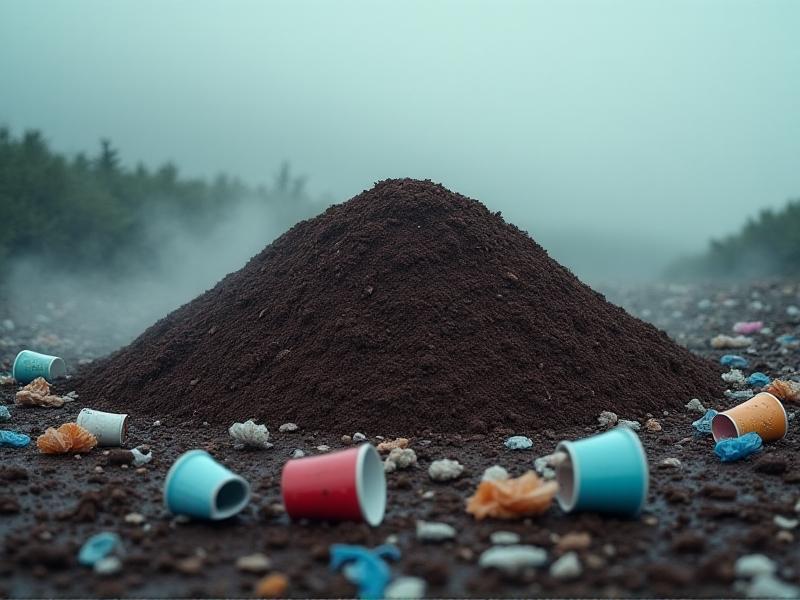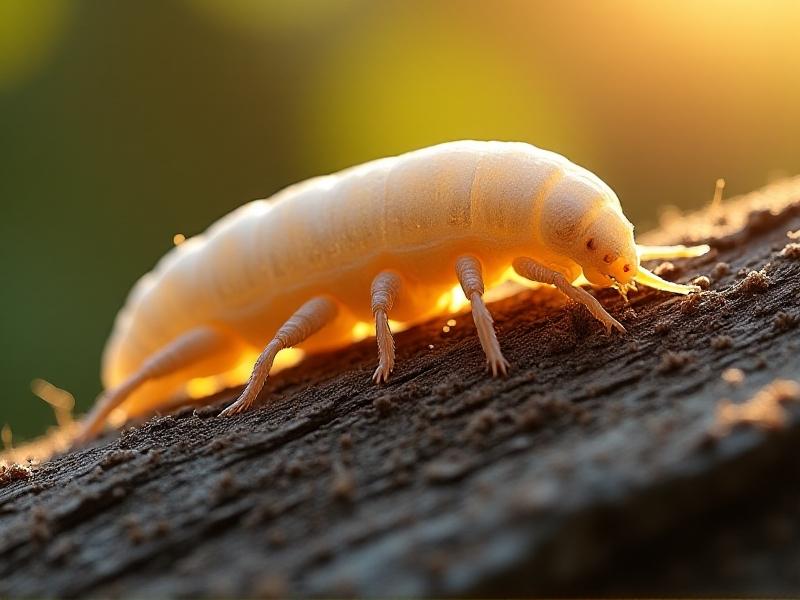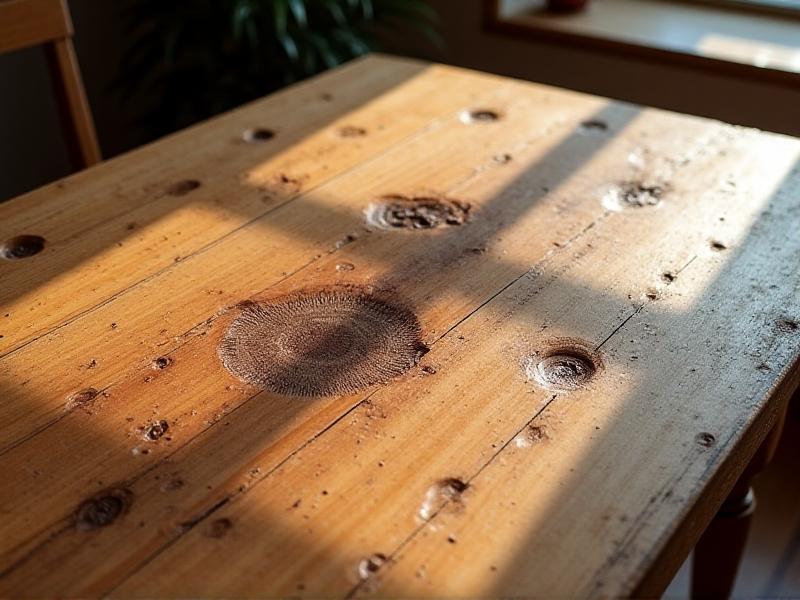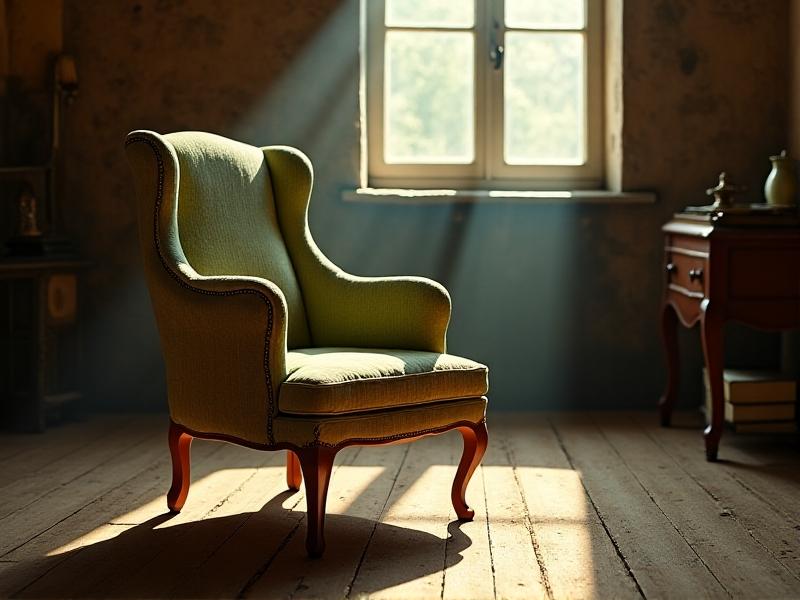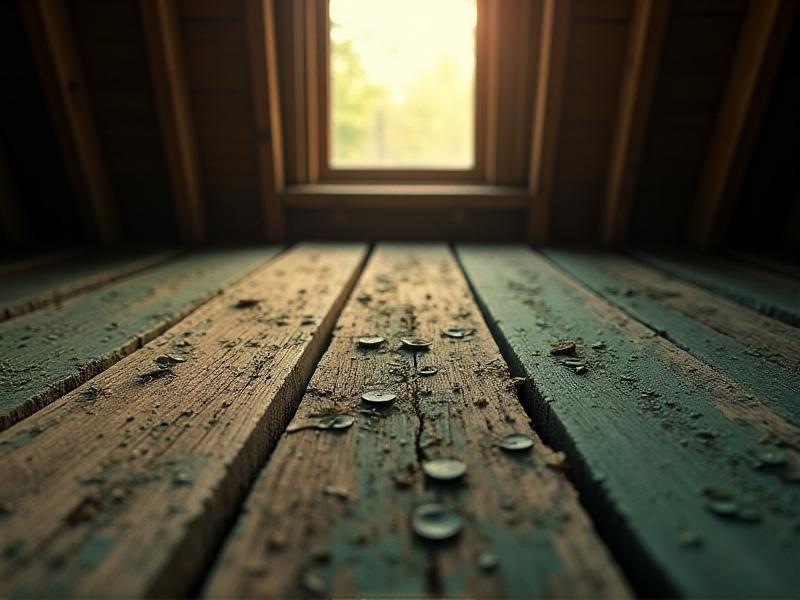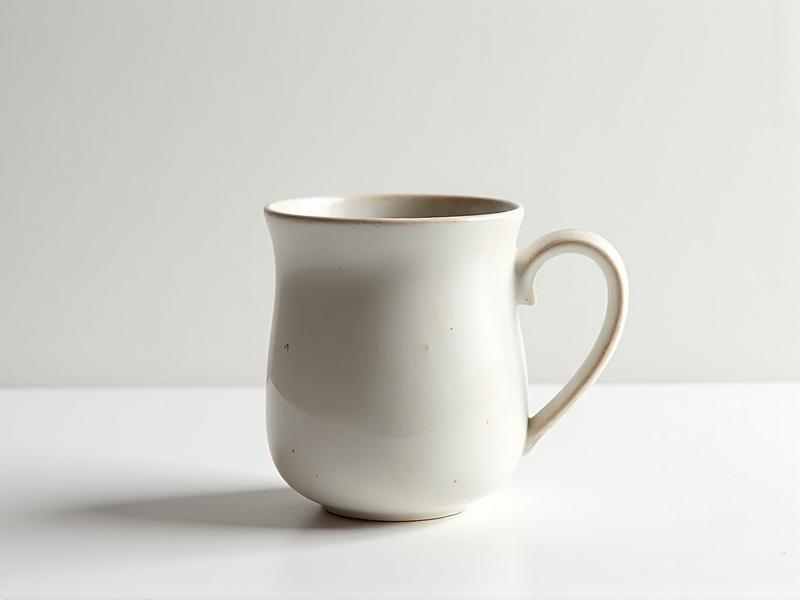Shellac Resurrection: Working with Natural Beetle Secretions
The Origins of Shellac: From Beetle to Resin
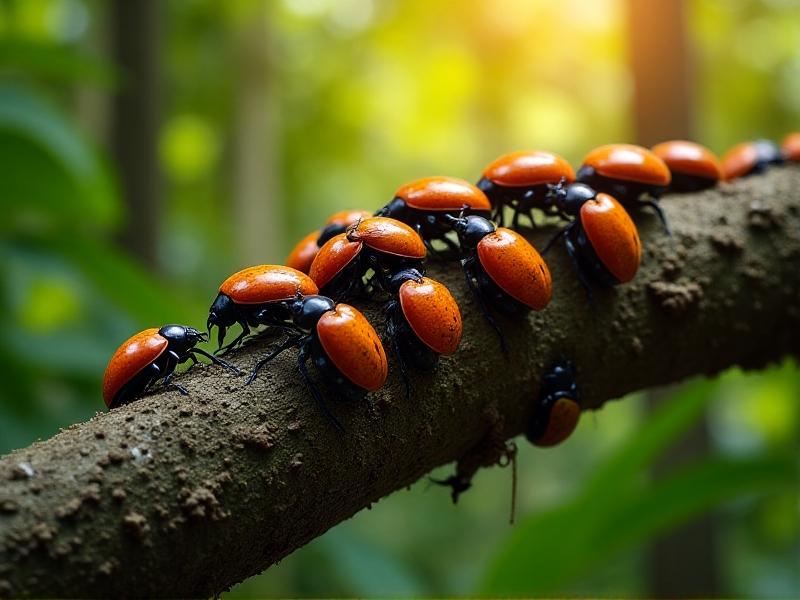
Shellac begins its journey as a resinous secretion from the female lac beetle, Laccifer lacca , indigenous to the forests of India and Southeast Asia. These tiny insects colonize host trees like fig and acacia, piercing the bark to feed on sap. As they metabolize the sap, they excrete a sticky substance that hardens into protective crusts on the branches—a survival mechanism that doubles as a resource for humans. For over 3,000 years, communities have harvested this resin, refining it into the versatile material we know as shellac.
Historically, shellac’s earliest documented use traces back to ancient India, where it was employed as a dye, wood finish, and even a medicinal ingredient. By the medieval period, trade routes carried it to Europe, where it became prized for creating lustrous varnishes for violins and furniture. Unlike modern synthetic resins, shellac’s origins are deeply intertwined with natural ecosystems and artisanal traditions, offering a tangible link between biology and craftsmanship.
Harvesting and Processing Shellac: Tradition Meets Innovation

Harvesting shellac remains a labor of love. Farmers carefully scrape resin-laden branches during specific seasons to avoid harming beetle populations. The raw material, called "sticklac," is crushed, washed, and filtered to remove impurities, yielding small flakes that range from pale gold to deep orange. Traditional sun-drying methods are still widely used, though modern dehydrators now accelerate the process for commercial production.
Innovations in processing have expanded shellac’s accessibility. Solvent-based refining creates liquid formulations for industrial use, while food-grade shellac undergoes rigorous purification to meet safety standards. Despite these advancements, many small-scale producers uphold time-honored techniques, ensuring the material retains its ecological integrity and artisanal character.
Modern Applications: Shellac’s Renaissance in Art and Industry
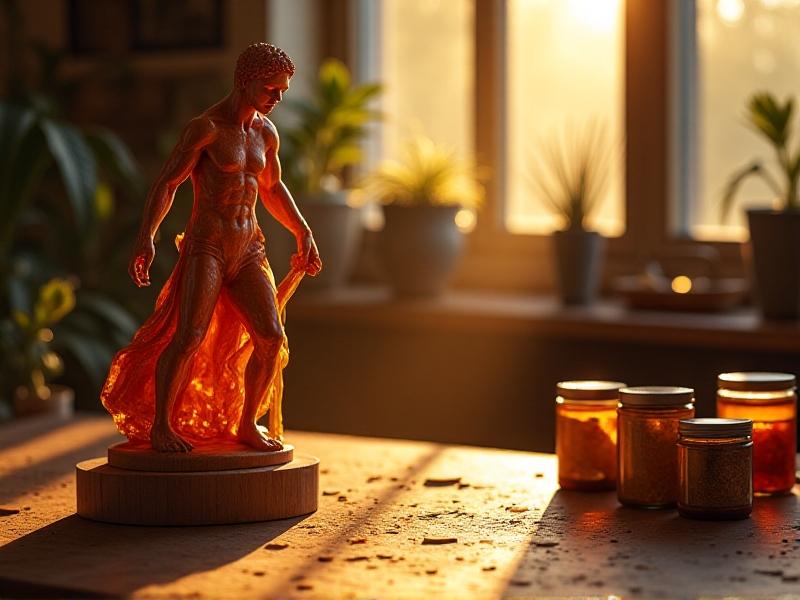
Once overshadowed by petroleum-based alternatives, shellac is experiencing a resurgence. In food production, it coats candies and pharmaceuticals to enhance shelf life and appearance. Restorers of antique furniture and musical instruments prize its reversible, non-toxic finish. Meanwhile, contemporary artists experiment with shellac as a binding medium for pigments or a sculptural element in mixed-media installations.
Industrial sectors also rediscover its merits. Electronics manufacturers use shellac as a biodegradable insulating material, while 3D printing enthusiasts explore its potential as a sustainable substrate. This versatility—rooted in its natural adhesive and protective properties—positions shellac as a bridge between heritage crafts and cutting-edge innovation.
Environmental Impact: A Sustainable Alternative to Synthetic Coatings
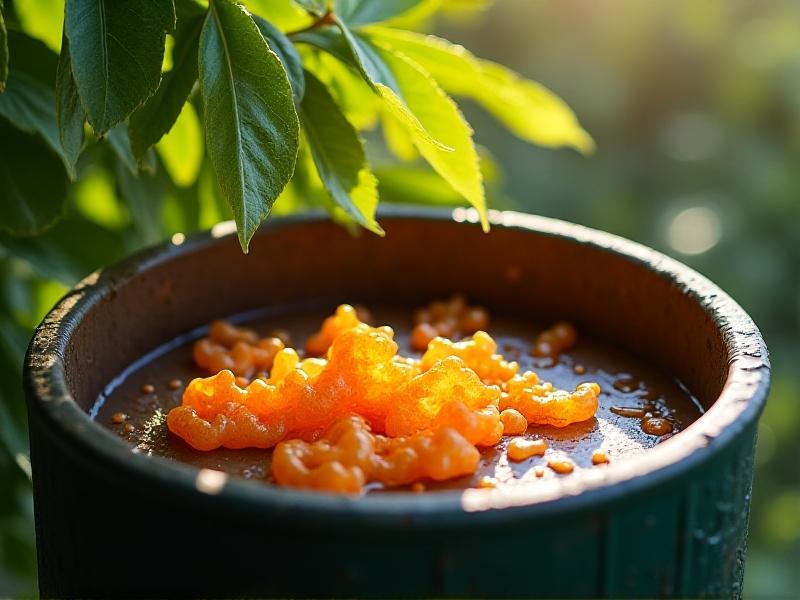
In an era of climate consciousness, shellac’s biodegradability offers a compelling advantage. Unlike acrylics or polyurethanes, which release microplastics and toxic fumes, shellac breaks down harmlessly in soil. Its production requires minimal energy compared to synthetic resins, and ethical harvesting practices support forest biodiversity. However, challenges remain: overharvesting can stress beetle populations, and transportation emissions from global demand offset some ecological benefits.
Advocates argue that localized sourcing and low-impact processing can mitigate these issues. When compared to the carbon footprint of petroleum extraction, shellac’s lifecycle—from beetle to biodegradable product—represents a model for circular, sustainable material design.
Working with Shellac: Tips for Artists and Craftsmen
Mastering shellac requires understanding its quirks. The resin is typically dissolved in denatured alcohol, with the ratio determining viscosity—a 2-3 pound cut (concentration) suits most finishing tasks. Apply thin coats using a clean brush or pad, allowing each layer to dry thoroughly. Unlike polyurethane, shellac can be reactivated with alcohol, enabling seamless repairs or adjustments.
Artists should note its sensitivity to heat and moisture: avoid using shellac-coated items outdoors or near dishwashers. For color variations, experiment with orange (unbleached) or blonde (bleached) shellac. When stored in airtight containers, liquid shellac lasts months, though fresh mixtures ensure optimal performance. Embrace its imperfections—the occasional streak or bubble adds character, a testament to its organic origins.
